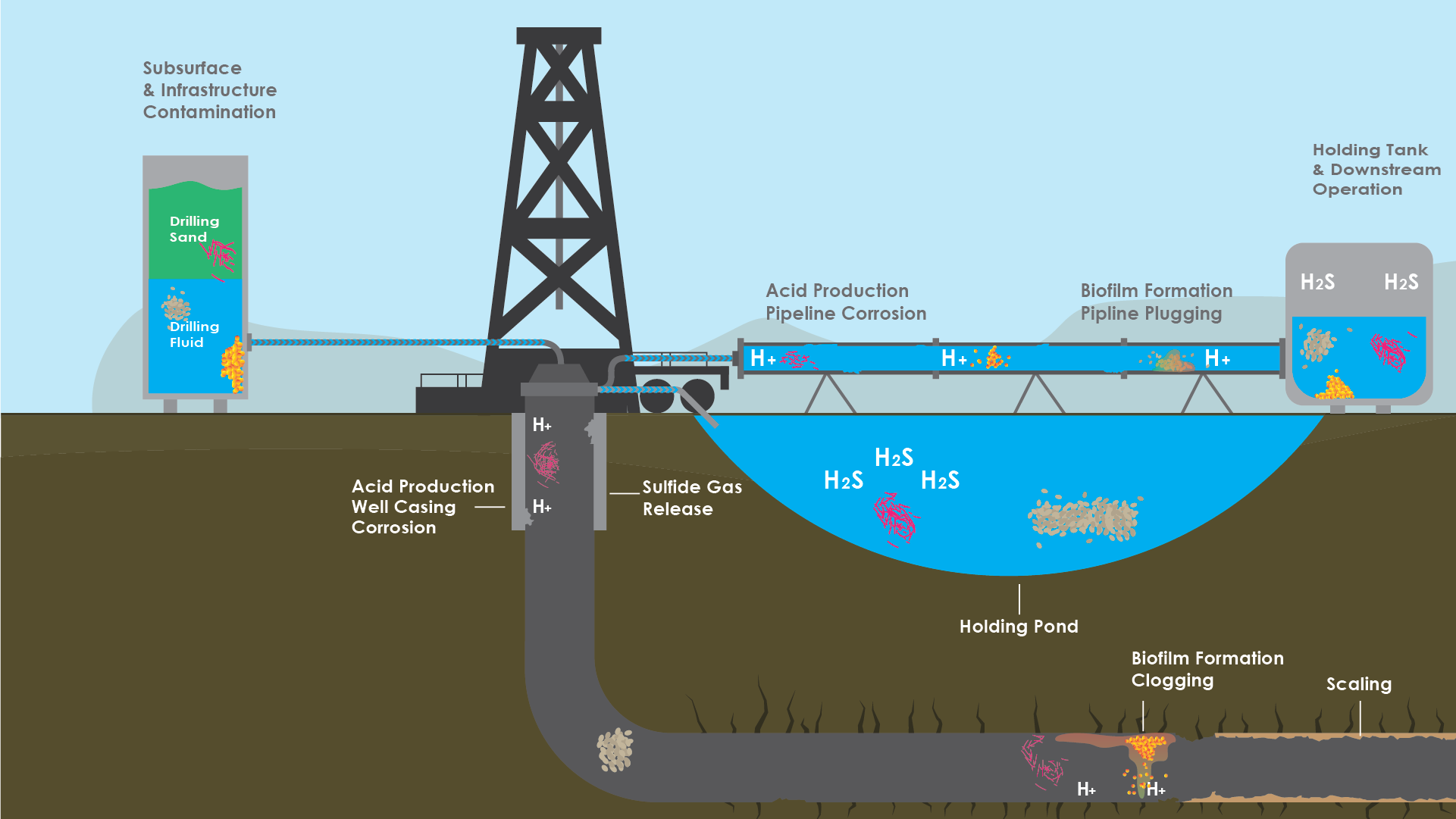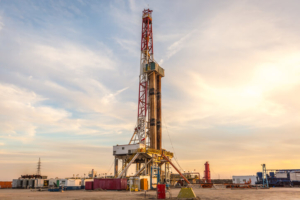 Subsurface microbial communities currently affect energy production, reservoir properties, and wellbore integrity through processes such as biomineralization (scaling), acid formation (corrosion), biofilm formation (biofouling), and metal mobility. This project provides insight into microbial processes that occur in oil and gas reservoirs, giving guidance to the energy industry on risks driven by microbial processes, potential mitigation strategies, and the potential for the microbiology to be indicative of energy production/performance.
Subsurface microbial communities currently affect energy production, reservoir properties, and wellbore integrity through processes such as biomineralization (scaling), acid formation (corrosion), biofilm formation (biofouling), and metal mobility. This project provides insight into microbial processes that occur in oil and gas reservoirs, giving guidance to the energy industry on risks driven by microbial processes, potential mitigation strategies, and the potential for the microbiology to be indicative of energy production/performance.
NETL has successfully profiled the taxonomy and metagenomics of samples from the Marcellus shale, the Bakken shale, and the Permian Basin. Sampling in three separate basins have allowed increased insight in the variability between different reservoirs. Results suggest the dominant microorganisms are similar on a genus level, but vary on a species level, demonstrating oil production procedures are a strong selective force across all basins, but there may still be basin specificity in subsurface reactions. Samples taken from each of the basins demonstrated the potential for microbial processes that lead to sour oil and gas production and infrastructure corrosion. Other dominant microorganisms detected from samples are known to induce biofouling and are biocide resistant.
NETL continues to pursue broader characterization effort of the microbiology in oil and gas reservoirs, which will increase the ability to reliably develop correlations with reservoir productivity and performance. Evaluating the biological characteristics of oil and gas reservoirs can be integrated in current datasets to inform the energy industry on best practices in produced water management, mitigation strategies, and productivity efficiency.
In the News
What the Frack? The Microbiology of Hydraulic Fracturing

Hydraulic fracturing, or fracking, is a key method for harvesting the fossil fuels that power much of the world. To frack means to increase the permeability of subsurface rocks deep in the Earth to extract oil and gas trapped inside. Microbes—which populate fracking fluids, subsurface reservoirs, operation products and equipment—complicate this process by decreasing oil and gas quality and corroding equipment. Learning more about the form and function of these microbial communities is necessary for minimizing the economic, environmental and health risks of fracking as we transition toward a more sustainable future.



